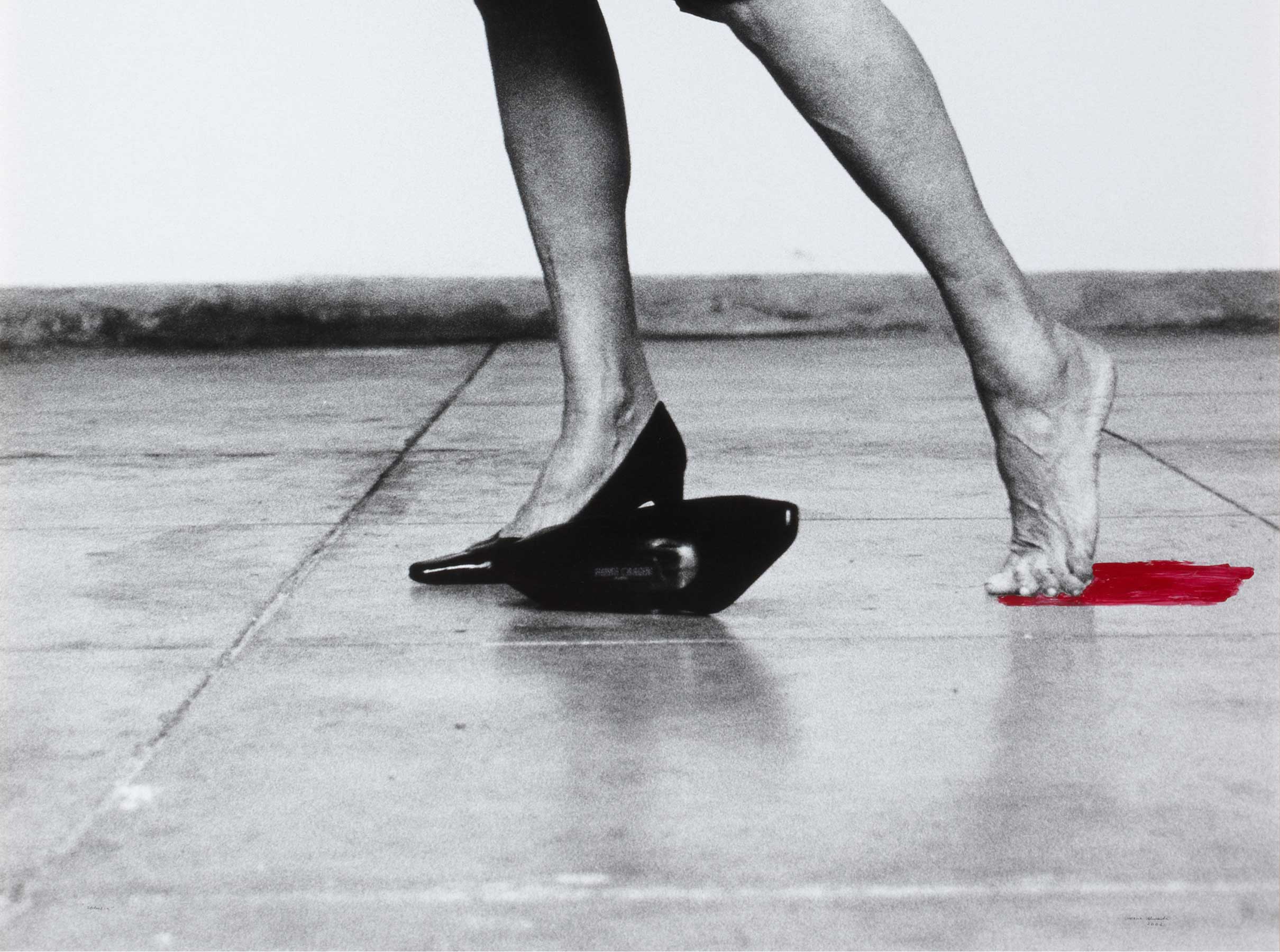Reloj de pared ojo de buey [Oeil de boeuf Wall Clock]
- c. 1875
- Wood, mother-of-pearl, alabaster, enamel, metal, glass. Carved, enamelled, cast
- 66 x 51,5 x 14 cm
- Cat. R_42
This wall clock —of a type popularly known as an 'oeil de boeuf ' or 'tavern clock'— has a hexagonal wooden case. The ebonised curved frame is decorated with mahoganised wood and mother-of-pearl. The dial is an alabaster plate. The hours are shown in blue Roman numerals on white enamelled cartouches. It has blued metal hands and two winding holes. The dial has a protective glazed cover.
It has a Morez-type movement with an eight-day spring-driven going train, anchor escapement and pendulum. and a striking train which sounds the hours and half hours. The original key has been retained.
This very popular model was one of those made during the reigns of Isabella II and Alfonso XII.
In the mid-nineteenth century, clocks began to be manufactured in France and Switzerland with brass or sheet metal frames or cages. The plates were joined to one another by turned metal pillars. The gears were arranged vertically inside the cage. These movements became more complex and were known as the 'Morbier-Morez type', after the area in which the factories were situated.
Other works by Anonymous

![Reloj de pared ojo de buey [Oeil de boeuf Wall Clock]](/f/webca/INF/assets/img/fff.png)